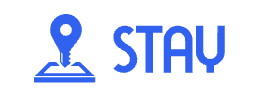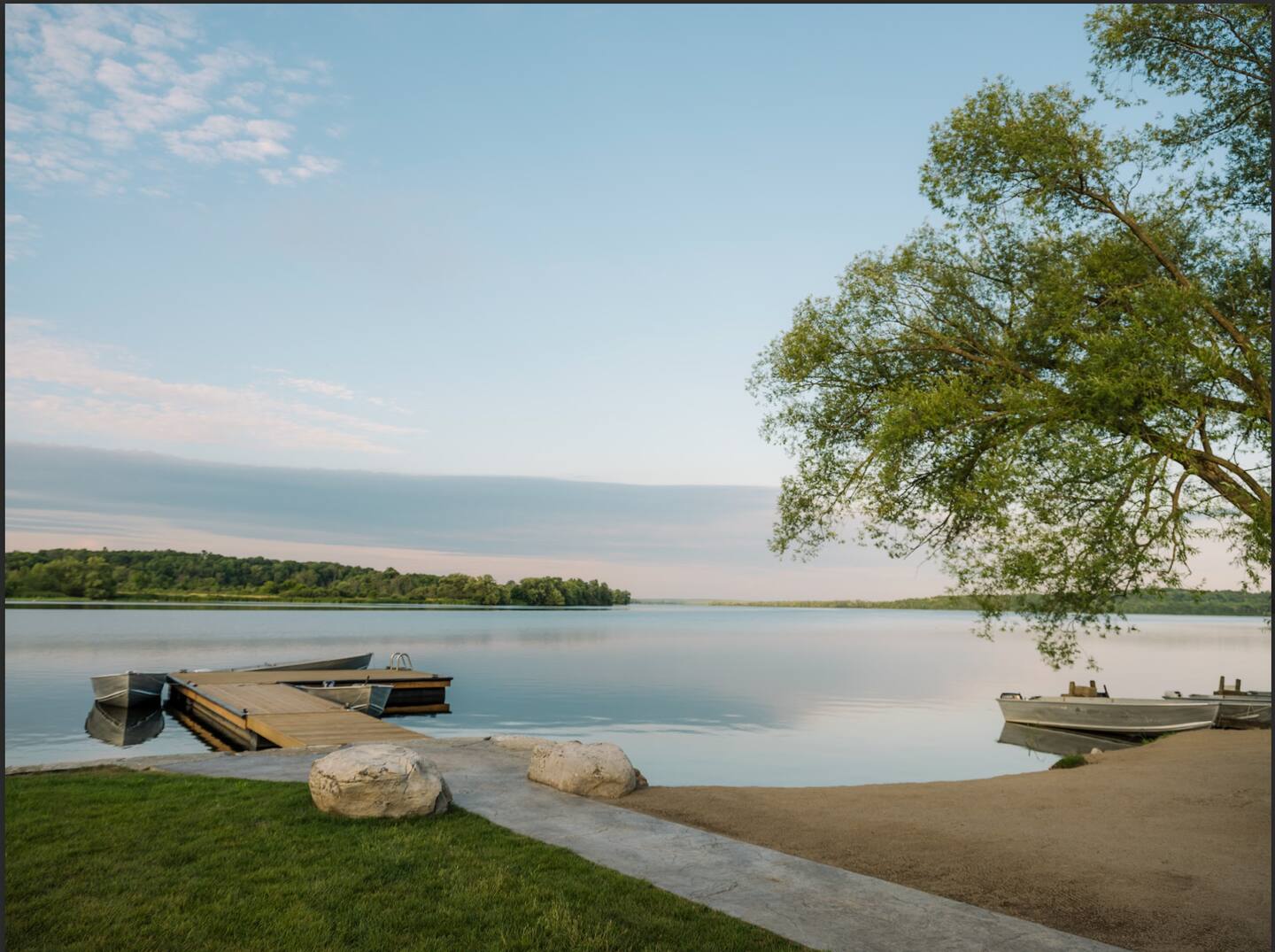For vacation rental owners and property managers, achieving consistent year-round occupancy while maintaining profitable rates represents the ultimate balancing act. The difference between successful operators and those struggling with vacant nights often comes down to sophisticated pricing strategies that adapt to market conditions, seasonal demands, and competitive landscapes.
At Stay, we help vacation rental owners do exactly that—our platform combines advanced pricing tools, local insights, and expert support to ensure your property stays booked and profitable across every season.
In 2025’s increasingly competitive short-term rental market, static pricing approaches simply don’t deliver the results needed to maximize revenue and occupancy. Property managers who master dynamic pricing techniques consistently outperform competitors by 20-30% in both occupancy rates and overall revenue generation.
This comprehensive guide outlines five proven pricing strategies that successful vacation rental operators use to maintain high occupancy rates throughout the year while optimizing revenue during both peak and shoulder seasons.
Strategy 1: Dynamic Seasonal Pricing with Market Intelligence
Dynamic seasonal pricing goes beyond simple high and low season rates by incorporating real-time market data, competitor analysis, and demand forecasting to optimize pricing decisions continuously throughout the year.
Understanding Demand Patterns
Successful dynamic pricing begins with comprehensive analysis of your market’s demand patterns. Study occupancy data from the previous 2-3 years to identify peak periods, shoulder seasons, and low-demand windows specific to your location. Consider factors beyond traditional seasons—local events, university schedules, business travel patterns, and weather conditions all influence demand.
For example, a property near a university might experience peak demand during graduation weeks, parent weekends, and sports events, while a beach destination sees obvious summer peaks but might also benefit from winter visitors seeking warm-weather escapes during holidays.
Competitive Rate Analysis
Monitor competitor pricing in real-time using tools like AirDNA, Wheelhouse, or PriceLabs. Track similar properties within your market area, focusing on listings that offer comparable amenities, locations, and guest capacity. This intelligence helps you position your rates competitively while identifying opportunities to charge premiums when your property offers superior value.
Don’t simply match competitor rates—understand why they’re pricing as they are and whether their strategy aligns with current demand signals. Sometimes competitors make pricing errors that create opportunities for informed operators.
Advanced Seasonal Adjustments
Implement granular seasonal pricing that adjusts for micro-seasons within traditional periods. Spring break might last only two weeks but commands premium rates, while the weeks immediately following see significant rate drops. Similarly, identify “hidden peak” periods—long weekends, local festivals, or business conference dates—that justify temporary rate increases.
Build rate calendars that adjust pricing 3-6 months in advance based on historical data, then fine-tune based on current booking pace and market conditions. Properties that adapt pricing weekly or even daily based on demand signals consistently achieve higher revenue per available night.
Technology Integration
Leverage automated pricing tools that adjust rates based on pre-set parameters while allowing manual override for special circumstances. These platforms analyze market conditions, booking pace, and competitor rates to suggest optimal pricing, but experienced property managers know when to override algorithms based on local knowledge.
Set up alerts for significant market changes—new competitor listings, major events, or unusual booking patterns—that might require pricing strategy adjustments.
Strategy 2: Strategic Gap-Filling Pricing
Gap-filling pricing targets the vacant nights that remain after standard pricing strategies have captured obvious bookings. This approach uses aggressive pricing tactics to fill remaining inventory while maintaining overall revenue goals.
Identifying Booking Gaps
Analyze your booking calendar to identify patterns in vacant nights. Common gaps include single-night openings between longer stays, mid-week vacancies in leisure markets, or last-minute availability. Understanding why these gaps exist helps determine appropriate gap-filling strategies.
Some gaps result from minimum stay requirements that create orphaned nights, while others occur because your standard rates price out certain market segments. Each type of gap requires different pricing approaches.
Last-Minute Pricing Strategies
Implement aggressive last-minute pricing for bookings within 7-14 days of arrival. Reduce rates by 15-30% for these short-notice bookings, recognizing that any revenue from otherwise vacant nights contributes to fixed cost coverage and overall profitability.
Create last-minute booking incentives such as complimentary amenities, flexible check-in times, or waived cleaning fees to make discounted rates more attractive to spontaneous travelers.
Weekday vs. Weekend Optimization
In leisure-focused markets, weekday nights often remain vacant while weekends book at premium rates. Develop specific weekday pricing strategies that target business travelers, extended-stay guests, or budget-conscious leisure travelers willing to travel Sunday-Thursday for lower rates.
Consider offering weekday packages that include multiple nights at discounted per-night rates, encouraging longer stays that fill multiple gap nights simultaneously.
Minimum Stay Adjustments
Strategically adjust minimum stay requirements based on demand patterns and gap analysis. During high-demand periods, maintain longer minimum stays to maximize revenue, but reduce requirements during slower periods to capture single-night bookings that would otherwise remain vacant.
Some properties implement sliding minimum stay requirements—3 nights during peak season, 2 nights during shoulder season, and 1 night during low demand periods—to optimize occupancy without sacrificing revenue during strong demand periods.

Strategy 3: Value-Added Pricing and Package Deals
Value-added pricing strategies increase perceived value while maintaining or increasing rates, appealing to guests seeking comprehensive experiences rather than simple accommodations.
Experience Packages
Create themed packages that combine accommodation with local experiences, dining, or activities. Partner with local tour operators, restaurants, or attraction providers to offer bundled pricing that provides guest value while generating additional revenue streams.
Examples include romance packages with champagne and dinner reservations, adventure packages including equipment rentals and guided tours, or business traveler packages with workspace amenities and extended check-out times.
Amenity-Based Pricing Tiers
Develop different rate tiers based on included amenities rather than simply charging base rates plus fees. Offer packages like “Essential Stay” (basic amenities), “Comfort Plus” (upgraded amenities), and “Luxury Experience” (premium amenities and services).
This approach allows guests to self-select their desired experience level while enabling you to capture additional revenue from those willing to pay for enhanced experiences.
Extended Stay Incentives
Create attractive pricing for extended stays that encourages longer bookings while offering guests value for commitment. Implement progressive discounts—7+ nights receive 10% discount, 14+ nights receive 15% discount, 28+ nights receive 20% discount—that make longer stays compelling for guests while improving your occupancy and cash flow.
Extended stays reduce turnover costs, cleaning frequency, and marketing expenses while providing predictable revenue blocks that simplify scheduling and planning.
Seasonal Experience Pricing
Adjust your value-added packages seasonally to align with guest expectations and local attractions. Summer packages might emphasize outdoor activities and beach access, while winter packages focus on cozy amenities and indoor entertainment options.
This approach maintains rate consistency while adjusting the value proposition to match seasonal demand patterns and guest preferences.
Strategy 4: Occupancy-Based Rate Optimization
Occupancy-based pricing adjusts rates based on your current booking levels relative to historical performance and market conditions, ensuring optimal balance between occupancy and revenue.
Booking Pace Analysis
Track your booking pace against historical data and market benchmarks to identify when pricing adjustments are needed. If bookings are significantly ahead of historical pace, consider increasing rates to optimize revenue. If bookings lag, implement tactical rate reductions to stimulate demand.
Establish booking pace benchmarks for different periods—peak season should achieve 80% occupancy 60 days out, while shoulder seasons might target 60% occupancy 30 days out—that trigger automatic pricing reviews.
Threshold-Based Adjustments
Create occupancy thresholds that automatically trigger rate adjustments. For example, if occupancy drops below 40% for the next 30 days, implement 10% rate reductions. If occupancy exceeds 80% for the next 60 days, increase rates by 15%.
These systematic adjustments help maintain optimal occupancy levels while preventing emotional pricing decisions that can negatively impact revenue.
Revenue Management Metrics
Focus on Revenue Per Available Night (RevPAN) rather than just occupancy percentages or average daily rates alone. This metric helps balance occupancy and rate optimization by measuring total revenue generation efficiency.
Calculate RevPAN weekly and monthly to track performance trends and adjust pricing strategies accordingly. Properties with declining RevPAN need either rate increases (if occupancy is strong) or rate decreases (if occupancy is weak).
Capacity Management
During high-demand periods, use occupancy-based pricing to manage capacity and maximize revenue from available nights. Gradually increase rates as occupancy approaches full capacity, capturing maximum revenue from guests willing to pay premium rates for limited availability.
This approach prevents leaving money on the table during peak periods while ensuring you don’t price out demand prematurely.
Strategy 5: Psychological Pricing and Market Positioning
Psychological pricing leverages consumer behavior insights and market positioning strategies to optimize both perceived value and booking conversion rates.
Price Anchoring Techniques
Use price anchoring to influence guest perception of value. Display your standard rates prominently, then offer “special” rates that appear discounted. This approach makes guests feel they’re receiving deals while maintaining profitable pricing levels.
Consider showing weekly or monthly rates alongside nightly rates to anchor higher total values, making nightly rates appear more reasonable by comparison.
Competitive Positioning Strategy
Position your pricing relative to competitors based on your property’s unique value proposition. If your property offers superior amenities or location, price at a 10-15% premium to similar properties to signal quality while remaining competitive.
Conversely, if you’re building market share or your property has limitations, price 5-10% below comparable properties while highlighting your value advantages.
Charm Pricing Implementation
Use charm pricing ($199 instead of $200) strategically, particularly for rate-sensitive segments and promotional pricing. However, avoid charm pricing for luxury properties where rounded numbers suggest premium positioning.
Research shows charm pricing can increase booking rates by 3-5% among price-sensitive travelers, but may decrease perceived quality for luxury market segments.
Scarcity and Urgency Messaging
Implement scarcity messaging that emphasizes limited availability without being misleading. Messages like “Only 3 nights left this month” or “Last weekend available in peak season” create urgency that can justify premium pricing and accelerate booking decisions.
Combine scarcity messaging with time-limited offers—”Book by Friday for 15% off weekend stays”—to create urgency while providing clear value propositions.
Social Proof Integration
Incorporate social proof elements into your pricing strategy by highlighting positive reviews, repeat guest statistics, or booking momentum. Messages like “Booked 12 times this month” or “95% of guests recommend this property” support premium pricing by demonstrating value validation from other travelers.
How to Measure Success
Successful pricing strategy implementation requires continuous measurement and optimization. Track both leading indicators (booking pace, inquiry volume) and lagging indicators (occupancy rates, revenue) to understand strategy effectiveness and identify areas for improvement.
The most successful vacation rental operators view pricing as a dynamic, data-driven discipline that requires constant attention and adjustment. By implementing these five strategies systematically and measuring results consistently, property managers can achieve optimal occupancy rates while maximizing revenue throughout the year.
These pricing strategies work best when implemented together as a comprehensive approach rather than as individual tactics. The key lies in understanding your market, monitoring performance continuously, and remaining flexible enough to adjust strategies as conditions change.
If you’re ready to take the guesswork out of pricing and occupancy, list your property on Stay
today. We give you the data, tools, and support you need to thrive in any market conditions—so you can spend less time worrying about bookings and more time growing your rental business.


